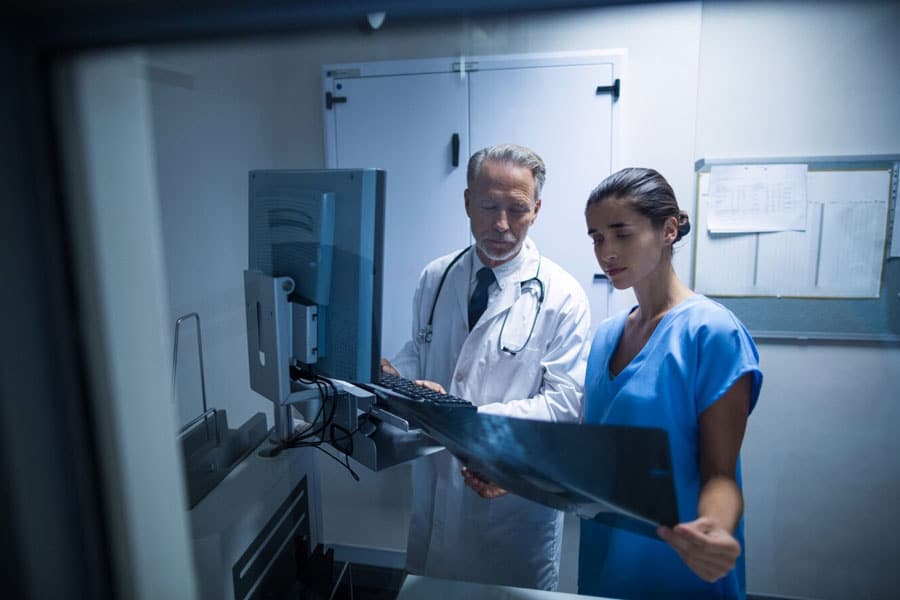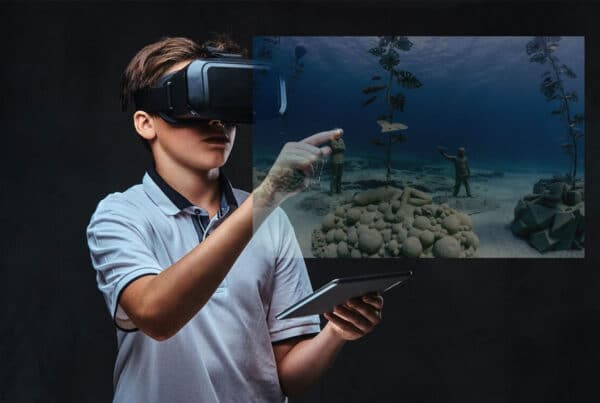
Introduction
The healthcare industry is undergoing a significant transformation, driven by advancements in technology and a growing emphasis on patient-centered care. One of the most innovative tools emerging in this space is the use of 360-degree video tours. These immersive experiences allow patients, families, and healthcare professionals to explore medical facilities in a virtual environment, enhancing understanding and accessibility. This article explores how 360 video tours can be utilized in the healthcare sector, highlighting their benefits, applications, and impact on patient experience.
Understanding 360 Video Tours in Healthcare
360 video tours are interactive simulations that provide panoramic views of real-world environments, captured using specialized cameras. In healthcare settings, these tours allow users to navigate through various areas of a facility—such as waiting rooms, examination rooms, surgical suites, and more—offering a comprehensive perspective that closely resembles being physically present. This technology not only enhances patient experience but also serves multiple purposes within healthcare facilities.
Benefits of 360 Video Tours
Improved Patient Experience
One of the primary advantages of 360 video tours is their ability to improve the patient experience. By familiarizing patients with the layout and amenities of a medical facility before their visit, these tours can significantly reduce anxiety and stress. For first-time visitors or those with specific health concerns, understanding where to go and what to expect can make the experience less intimidating. Research suggests that familiarization with the environment can lead to better overall satisfaction with care received.
Enhanced Navigation and Wayfinding
Navigating large medical complexes can be challenging, especially for patients with mobility issues or cognitive impairments. 360 video tours provide an intuitive wayfinding solution by visually guiding patients through the facility. Users can identify accessible entrances, elevators, and pathways, promoting inclusivity and independence. This feature is particularly beneficial for elderly patients or those requiring special assistance, as it empowers them to navigate their healthcare journey more confidently.
Increased Transparency and Trust
Transparency is crucial in building trust between healthcare providers and patients. 360 video tours offer an authentic view of medical facilities, showcasing cleanliness, organization, and advanced technology. By allowing potential patients to virtually explore the environment where they will receive care, these tours foster confidence in the quality of services provided. This transparency can be a deciding factor for patients when choosing healthcare providers.
Efficient Resource Allocation
From an administrative perspective, 360 video tours can streamline resource allocation within healthcare facilities. By analyzing data from virtual tour interactions, administrators can identify high-traffic areas and optimize staff placement accordingly. This data-driven approach ensures that patients receive timely assistance and services while improving overall operational efficiency.
Marketing and Outreach
360 video tours serve as powerful marketing tools for healthcare facilities. By showcasing their services online, hospitals and clinics can attract potential patients and partners more effectively. These immersive experiences can be integrated into websites, social media platforms, and online directories, enhancing the institution’s digital presence and outreach efforts.
Applications of 360 Video Tours in Healthcare
Patient Education
360 video tours can be instrumental in patient education by providing detailed insights into specific treatments or procedures. For instance, a virtual tour of an operating room can help demystify surgical processes for patients scheduled for surgery. This educational component not only informs patients but also helps alleviate fears associated with unfamiliar environments.
Telehealth Integration
As telehealth services continue to expand, integrating 360 video tours into remote consultations enhances patient understanding of healthcare facilities. Patients can explore the facility virtually before scheduling an in-person appointment, allowing them to choose providers based on comfort level and familiarity with the environment. This integration improves accessibility for patients in remote or underserved areas.
Medical Education and Training
Medical students and professionals can benefit from 360 video tours as valuable educational tools. Virtual tours provide insights into real-world healthcare environments, helping students familiarize themselves with hospital layouts and equipment before clinical rotations. Training programs can incorporate these immersive experiences to simulate clinical scenarios, allowing students to practice decision-making skills in a risk-free environment.
Health Tourism Promotion
Health tourism—where individuals travel for medical treatment—can be bolstered by 360 video tours. Patients considering international healthcare options can explore facilities virtually before making decisions about where to seek care. This transparency not only builds confidence but also attracts international patients seeking quality medical services abroad.
Implementation Strategies
To successfully implement 360 video tours in healthcare settings, administrators should consider several key strategies:
Planning and Preparation
Effective implementation begins with careful planning. Healthcare administrators should identify specific areas of the facility to include in the tour—focusing on strengths such as advanced technology or patient amenities. Ensuring that all areas are clean and well-maintained before capturing images is essential for creating a positive impression.
Technology Integration
Integrating advanced technology into virtual tours enhances user experience. Incorporating multimedia elements such as audio guides or interactive hotspots provides additional context and information about different areas within the facility. These features enrich the overall experience for users navigating through the tour.
Continuous Updates
Regularly updating 360 video tours is vital to maintain relevance as facilities evolve over time. Changes in layout, new equipment acquisitions, or renovations should be reflected in virtual tours to ensure accuracy and keep content fresh for returning visitors.
Conclusion
The integration of 360 video tours into the healthcare industry represents a transformative approach to enhancing patient experience and operational efficiency. By providing immersive experiences that improve navigation, build trust through transparency, support marketing efforts, and facilitate education, these virtual tools are reshaping how patients interact with healthcare providers. As technology continues to advance, the potential for 360 video tours to revolutionize healthcare experiences remains boundless—promising a future where patients feel more informed, empowered, and connected within their healthcare journeys.
Transform your healthcare facility with immersive 360 video tours! Contact Virtually Anywhere today to discover how our cutting-edge technology can enhance patient experiences, streamline staff training, and showcase your state-of-the-art facilities. By providing virtual access to your medical environment, you can reduce patient anxiety, improve navigation, and build trust through transparency. Don’t miss the opportunity to revolutionize your healthcare services—partner with us to create engaging virtual tours that set your facility apart.




